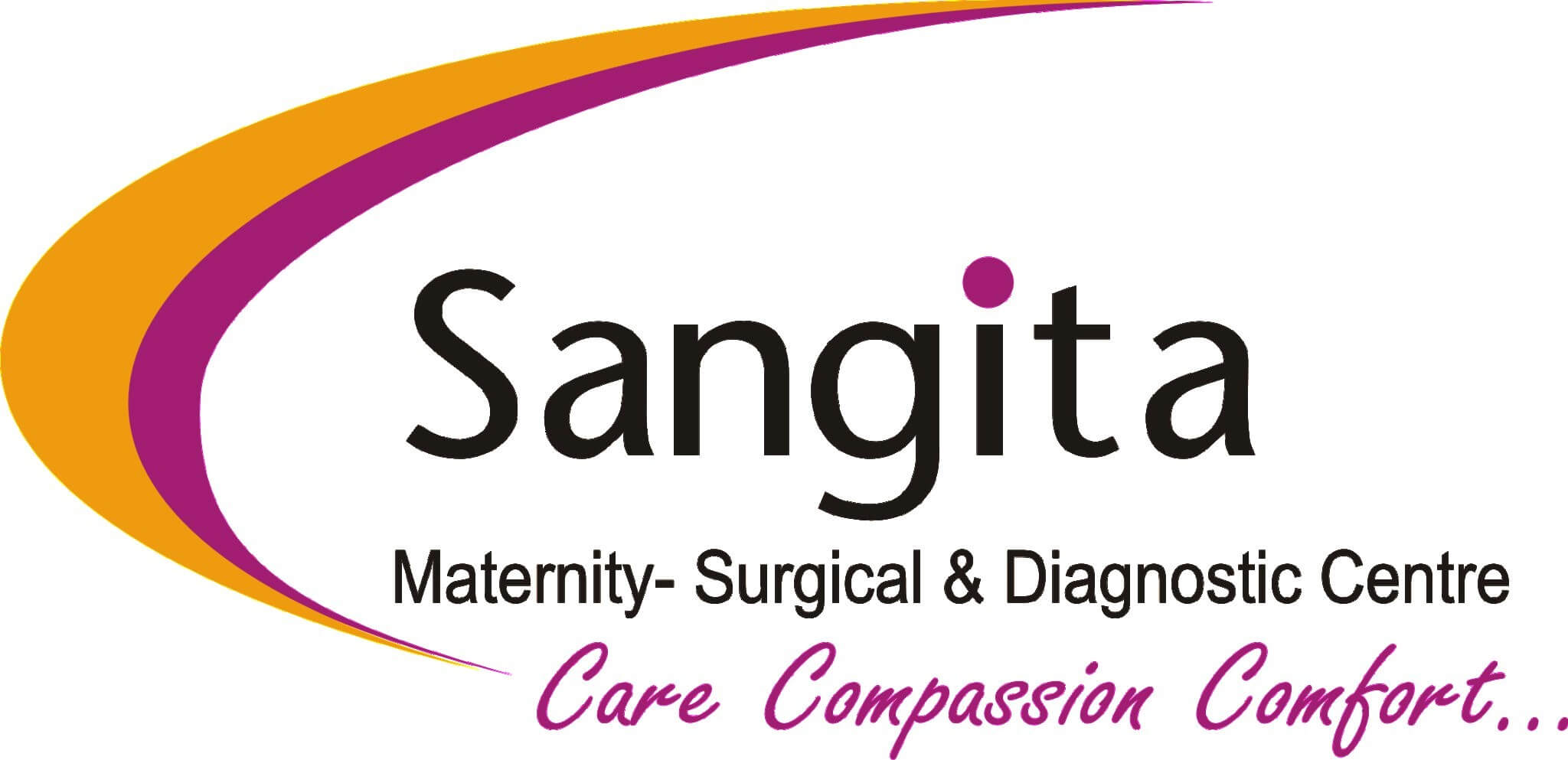IVF
In vitro fertilization (IVF) is a complicated procedure generally used to assist with the conception of a child. In this process matured eggs are retrieved from the ovaries and are fertilized with sperm in a lab. This fertilized egg then becomes an embryo or embryos which are transferred in to the uterus. Generally this entire cycle of IVF is done in three weeks in certain other cases it may take longer because each step is spilt in to separate process.
IVF is considered to be the most effecting ART. The process can be done with the couple’s eggs and sperm or it involves eggs or sperm from a donor as well. In some cases the embryo is implanted in the uterus of a gestational carrier.
Factors determining chances of having a healthy baby depends on factors like age and cause of infertility. Complexities of IVF include, time consuming, expensive and invasive. In certain cases where, more than one embryo is implanted in the uterus, IVF can lead to multiple pregnancies.
It is imperative to understand IVF process and its risk and treatment method therefore it is advised to ask for assistance from your doctor.
Purpose:
IVF is used to treat infertility and genetic problems. Less invasive methods like use of fertility drugs to increase production of eggs or intrauterine insemination can be used before opting IVF treatment.
IVF is done in the following cases:
- Uterine fibroids: Fibroids are non-cancerous tumours and appear common in women of age 30-40. Due to fibroids implantation of the egg becomes difficult.
- Endometriosis: A condition in which the uterine tissue grows outside of the uterus. This affects the function of the ovaries, uterus and the fallopian tubes.
- Ovulation disorders: In cases where there are fewer eggs available for fertilization and ovulation is infrequent or absent.
- Fallopian tube damage or blockage: When there is damage to the tube or there is any blockage in the tube fertilization of the egg and travelling of the embryo to the uterus becomes difficult.
- Pervious tubal sterilization or removal: In cases where a woman had tubal ligation in which the tubes were cut or blocked to prevent pregnancy, and the woman wishes to conceive, IVF is used.
- Impaired sperm production or function: When there is below average sperm concentration, poor motility and abnormalities in the size and shape of the sperm, it is difficult for the sperm to fertilise the egg naturally.
- Unexplained infertility: In certain cases the cause of infertility remains unidentified after evaluation; IVF is used to achieve pregnancy.
- A genetic disorder: When a couple is at a risk of passing any genetic disorder to the child, preimplantation genetic testing is done. In this procedure the eggs are harvested and fertilized, and then these embryos are screened for certain genetic problems.
- Fertility preservation for cancer or other health conditions: In cases when any of the partner is about to start cancer treatment like radiation or other treatment that can harm fertility, IVF can be done for fertility preservation. Eggs are harvested and frozen in unfertilised state for future use or eggs can be fertilised and stored as embryos.
Risks:
- Ovarian hyperstimulation syndrome: Due to use of fertility drugs like HCG, the ovaries can become swollen and painful. Symptoms include abdominal pain, nausea, vomiting. OHSS can also cause rapid weight gain and shortness of breath.
- Multiple births: With IVF the chances of multiple pregnancies increases. If more than one embryo is implanted in the uterus then there are chances of multiple births. A pregnancy with multiple foetuses carries a higher risk of early labor and low birth weight than pregnancy with a single foetus does.
- Miscarriage: The rate of miscarriage for women who conceive using IVF with fresh embryos is similar to that of women who conceive naturally — about 15% to 25% — but the rate increases with maternal age.
- Ectopic pregnancy: In rare cases, women who use IVF have chances of ectopic pregnancy. It is a condition where the fertilized egg implants outside the uterus normally in the tubes. Due to this the embryo is not able to survive outside the uterus therefore the pregnancy cannot be continued further.
- Birth defects
- Egg-retrieval procedure complications: use of specialised needle to retrieve eggs can cause bleeding, damage to the bowel or the blood vessels.
Preparation:
The success rate of IVF procedure depends on factors like age, other medical issues and reason of infertility. While choosing an IVF clinic, it is essential to consider these points along with the clinic’s treatment population and treatment approaches.
Before the procedure of extracting the eggs and sperm the below screening will be done:
- Ovarian reserve testing: Tests for FSH, estrogen and AMH are done to analyse the quality and quantity of eggs in the first few days of the menstrual cycle.
- Semen analyses: A semen analysis is done to determine the quality and sperm motility.
- Infectious disease screening: the couple is screened for infectious disease like HIV.
- Uterine exam: Inner lining of the uterus is examined before starting the IVF procedure. Process like sonohysterography is done in which a fluid is injected inside the uterus and an ultrasound image of the uterine cavity is generated.
- Assisted hatching: About five to six days after fertilization, an embryo “hatches” from its surrounding membrane, allowing it to implant into the lining of the uterus. In case if the female partner is an older woman or had multiple failed IVF procedures, the doctor might recommend this procedure in which a hole is made in the membrane just before transfer to help the embryo hatch and implant. Assisted hatching is also useful for eggs or embryos that have been previously frozen as the process can harden the membrane.
- Preimplantation genetic testing: Embryos are allowed to develop in the incubator until they reach a stage where a small sample can be removed and tested for specific genetic diseases or the correct number of chromosomes, typically after five to six days of development. Embryos that don’t contain affected genes or chromosomes can be transferred to the uterus. While preimplantation genetic testing can reduce the likelihood that a parent will pass on a genetic problem, it can’t eliminate the risk. Prenatal testing may still be recommended.
- Cause on infertility: Women who suffer from infertility due to severe endometriosis are less likely to be able to get pregnant as compared to the women who have unexplained infertility.
- Maternal age: Young women have higher chances of getting pregnant and give birth to a healthy baby with their own eggs. Women who are 40 or older are advised to consider the option of donor eggs during IVF to increase the chances of getting pregnant.
- Embryo status: When more developed embryos are transferred the chances of pregnancy increase as compared to the chances on less developed embryos transfer.
- Reproductive history: Women who’ve previously given birth are more likely to be able to get pregnant using IVF than are women who’ve never given birth. Success rates are lower for women who’ve previously used IVF multiple times but didn’t get pregnant.
- Lifestyle factors: Habits like smoking, alcohol consumption, using recreational drugs and excessive caffeine can diminish the probability of IVF success. Obesity also decreases the chances of getting pregnant.
Procedure:
One cycle of IVF takes about 2-3 weeks and it involves steps like ovarian stimulation, egg retrieval, sperm retrieval, fertilization and embryo transfer.
Ovulation induction: At the beginning of the cycle, synthetic hormone treatment is started to stimulate the ovaries to produce multiple eggs. Multiple eggs are required to increase chances of eggs getting fertilised. In a normal procedure only one egg matures and is released from the ovaries.
Medications for ovarian stimulation that involve injectable follicle-stimulating hormone (FSH) and luteinizing hormone (LH). These hormones stimulate more than one egg development.
Other medications for oocyte maturation are prescribed. Human chorionic gonadotropin (HCG) medications are given to help the eggs mature when the follicles are ready for retrieval after 8-14 days. Medications to prevent premature ovulation are also given so that premature eggs are not released.
Progesterone supplements are prescribed on the day of egg retrieval or embryo implantation to prepare the lining of the uterus and to make it more receptive to implantation.
Generally one –two weeks of ovarian stimulation is required before eggs are ready for retrieval. The doctor might perform vaginal ultrasound and various blood tests to determine of the eggs are ready for extraction.
Egg retrieval: During egg retrieval the patient is sedated and given pain medications. In this procedure an instruments called ultrasound probe is inserted into the vagina to identify the follicles. With the help of a thin needle the doctor retrieves the eggs from the follicles. Eggs are extracted from the follicles through a needle that is connected to a suction device. Mature eggs are placed in a nutritive liquid and incubated. Eggs which are healthy and mature will be mixed with sperm to create embryos.
Sperm retrieval: On the day egg retrieval is done semen sample is taken from the male partner. In some cases methods like testicular aspiration (use of needle to extract sperm) are used. In some cases donor sperm can also be used. Sperm are then separated from the semen fluid in the lab.
Fertilization: Fertilization can be done either by conventional insemination in which healthy sperm and mature eggs are mixed and incubated or by Intracytoplasmic Sperm Injection (ICSI) in which a single healthy sperm is injected into a mature egg directly. ICSI is used when the semen quality is not up to the standards.
In certain situations, the doctor may recommend other procedures before embryo transfer.
Embryo transfer: Embryo transfer is done at the doctor’s office or a clinic and usually takes place two to five days after egg retrieval. The patient is given a mild sedative and the procedure is usually painless. A long, thin tube (catheter) is inserted into the vagina through the cervix into the uterus. A syringe containing one or more embryos in fluid is attached to the end of the tube and the embryos are placed into the uterus. Generally an embryo gets implanted in the lining of the uterus in about 6-10 days after egg retrieval.
After the Procedure
After the embryo transfer, the patient can resume normal daily activities but should refrain from doing vigorous activity, which could cause discomfort.
General side effects of this procedure are breast tenderness, mild bloating and cramping, clear or bloody discharge after the procedure.
Results:
A blood sample is taken for pregnancy test after about 12 days to 2 weeks after egg retrieval. If the tests results are positive the doctor will suggest an obstetrician or other pregnancy specialist for prenatal care. If the test is negative then the doctor will stop the progesterone medication due to which the patient will get her normal period within a week.
The chances of having a healthy pregnancy and uncomplicated delivery after IVF depend of the following factors:


